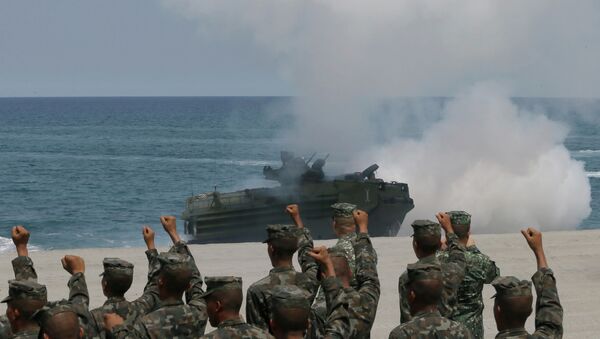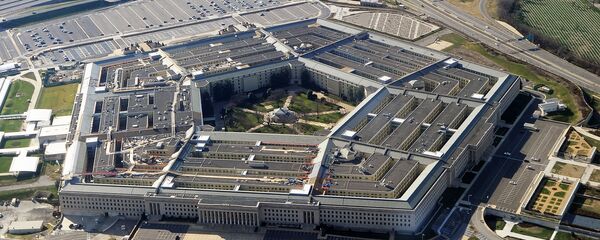Five competitors participated in the final program and three, including Lockheed Martin, have been dropped, with two companies — BAE Systems and Science Applications International Corporation (SAIC) — remaining.
At the annual Modern Day Marine show this year, BAE presented their new vehicle in its final form. The combat transport will undergo extensive testing, along with its SAIC competitor. Currently, both contractors must produce 16 vehicles apiece, before the Marine Corps makes a final choice.
Marine Corps has awarded BAE Systems a contract worth $103.7 million for the ACV 1.1 programhttps://t.co/Jdrfn6j2T0 pic.twitter.com/GhqoRnL66U
— Dmitry Shulgin (@DrDmitryShulgin) 26 ноября 2015 г.
The vehicle can carry 13 Marines, along with 3 additional personnel, and is able to propel itself even if some its wheels are destroyed.
The machine is an upgraded version of SuperAV, an amphibious vehicle produced by Italian manufacturer IVECO, which is, in turn, an upgraded version of several earlier designs. According to USNI News, the only actual change in the Italian design is the engine, boosted from 500 to 700 horsepower, so that in the future, heavier armor and weapons can be installed on the machine. Despite being licensed from IVECO, BAE's ACVs will be produced in York, Pennsylvania.
"The vehicle we have here today is our first production vehicle," which came off the production line "a couple of weeks ago," BAE program manager John Swift told reporters.
"It'll begin BAE's own internal testing in two weeks and we will present it to the government in December, along with the test results," he stated.



